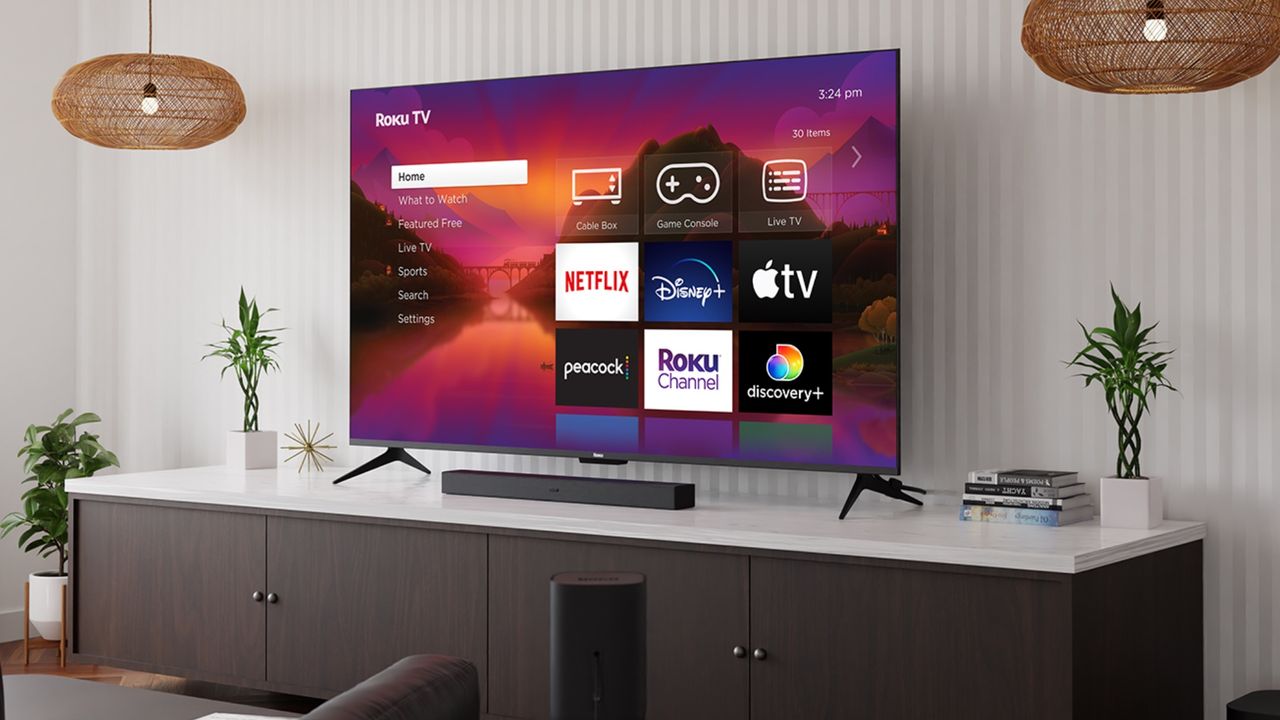
Buying a new TV is a big decision. Most of the time, the best TV is more expensive than a new laptop or a phone, and it’s something that you’re going to keep around for the next 10 years. But how much should you actually spend when purchasing a new TV?
The vast majority of TV sales are for screens that cost under $1,000. It’s a competitive segment of the market and, as Paul Gagnon, the director of TV Sets Research for IHS Markit told us a few years ago, most TVs in the U.S. sell for around $400 to $500.
That number will probably be the sweet spot for most — however, there’s good reason for home theater enthusiasts, gamers and music lovers to pay a bit more. Not only do you get more screen real estate for a few hundred extra bucks, but you can also start tapping into higher-end features like Mini-LED or OLED backlighting that offer better contrast and color saturation.
Not sure how much to spend? Here’s generally what you can expect to get for $500, $1,000 and $1,500. And be sure to check out our best budget TV buying guide.
What kind of a TV do you get for $500?
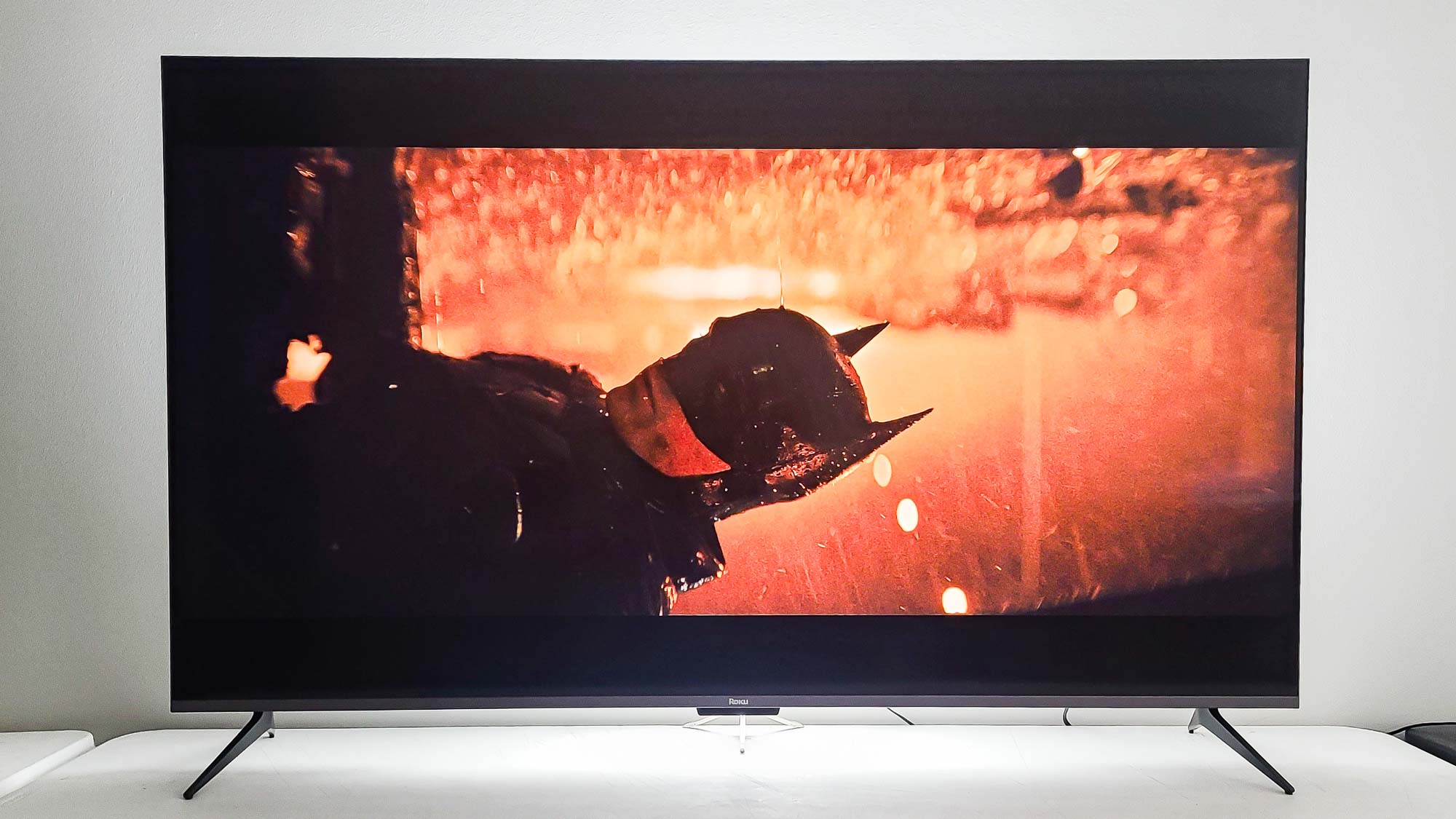
For most folks, right around $500 is going to be the sweet spot where you can get a decent upgrade on your old TV that might not have all the latest and greatest picture technology, but looks good enough that friends and family won’t complain.
At $500, you should be able to buy a solid 55-inch or 65-inch TV with a 4K resolution, Dolby Vision HDR support and a good smart platform. You’ll have enough HDMI ports to connect your consoles — though, unfortunately, they’ll only play games at 4K/60.
The downsides to a $500 TV is that, in most cases, it’s an LED-LCD TV with local dimming. There’s one OLED TV that’s close to $500 (it’s the $599 LG A2 OLED) and a Mini-LED TV (the Hisense U6K) that offer improved backlight performance, but otherwise most screens are going to use older, dimmer and grayer display technology.
The pinnacle of sub-$500 TVs is the Roku Plus Series QLED TV — it doesn't offer Mini-LED backlighting or an OLED panel, but it performed great in our lab tests. It hit a higher peak brightness than both the Hisense U6K and LG A2 OLED, while keeping color vibrancy high and latency low. It's going to impress your friends without wrecking your budget.
What kind of a TV do you get for $1,000?
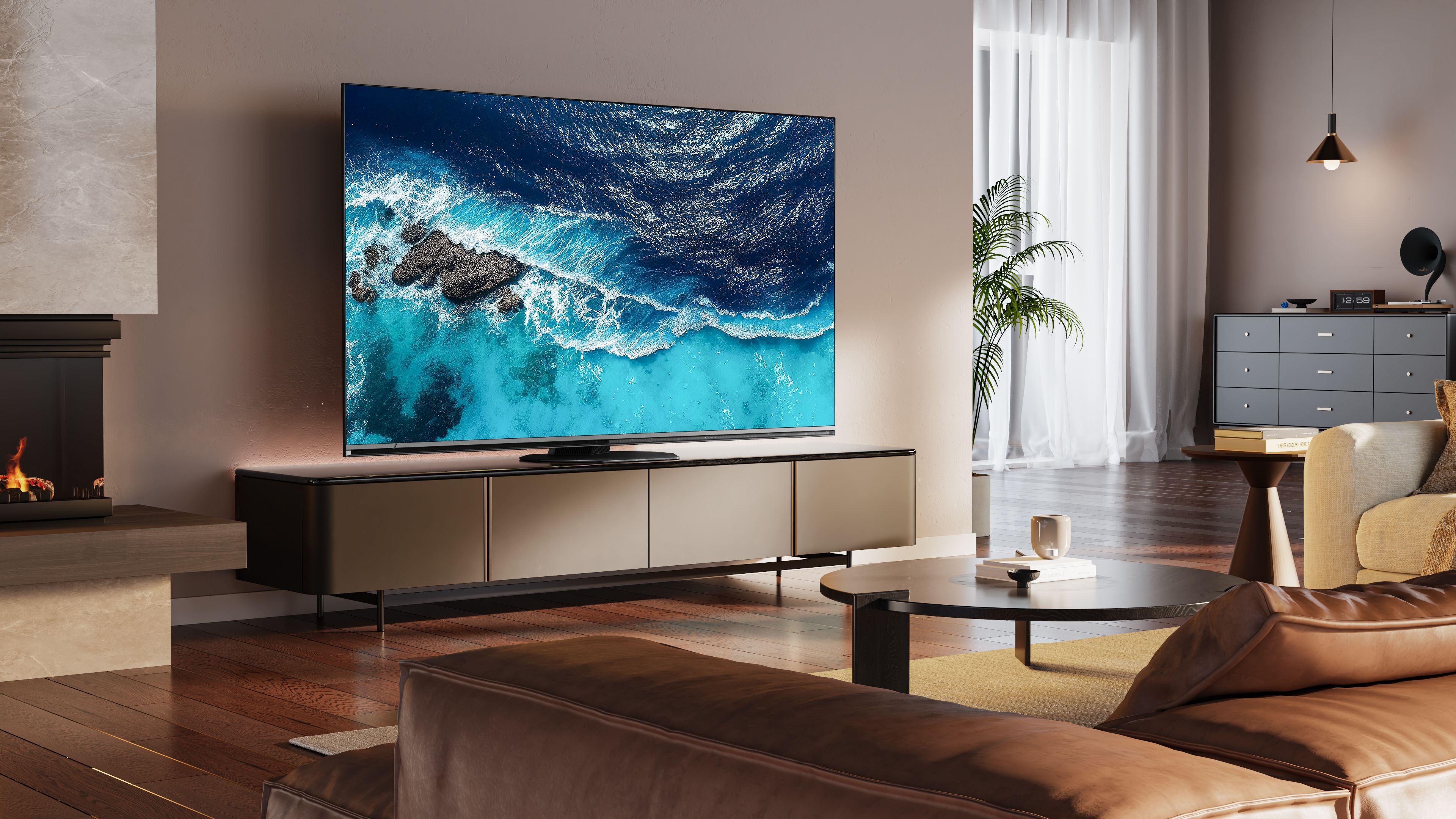
For $1,000 you’re going to get either a fantastic 65-inch TV or a good value 75-inch TV — it’s hard to have both a large screen size and top-of-the-line performance at this price point, but you’re definitely going to get one or the other.
At $1,000 you’ll also start seeing 120Hz TVs (important for gamers and sports lovers) as well as massive improvements in brightness and color saturation. Our go-to recommendation, the Hisense U8K, can hit a peak brightness of over 2,000 nits in a 25% window in HDR mode — that’s twice the brightness level recommended by the HDR Alliance. The U8K also delivers close to 100% of both the UHDA-P3 and Rec709 color gamut and a ground-breaking 80% of the Rec2020 color standard. In short, $1,000 TVs deliver color and brightness in spades.
If you want to go for a larger screen size, the Hisense U7K offers a 75-inch Mini-LED screen for just under a grand, while the 75-inch TCL Q7 can be found for $998. The latter lacks the Mini-LED backlight, but it makes up for it with its accurate wide color gamut; it covers 99% of the Rec709 color spectrum and has a Delta-E value of just 1.6547 compared to the 5.2667 (lower is better when it comes to color accuracy).
Right now the Hisense U8K is the torchbearer for the mid-range market, but keep an eye out for the Hisense U8N (pictured above) and TCL QM8 (2024) that will offer even higher levels of brightness and more dimming zones when they arrive later in the year for right around $1,000.
What kind of a TV do you get for $1,500?
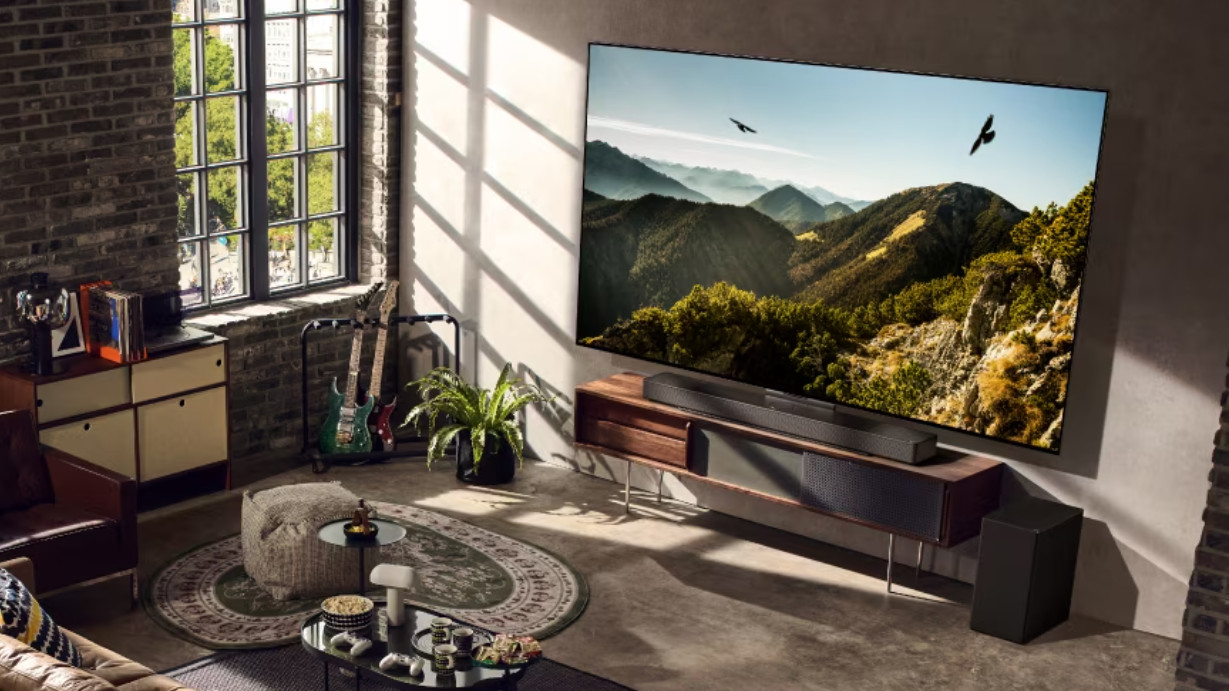
If you drop $1,500 on a TV, you're probably buying an OLED TV like the LG C3 OLED or a cutting-edge QLED with Mini-LED backlighting like the Samsung QN90C. You could be opting for an 85-inch version of one of those $1,000 TVs mentioned above, or a 75-inch TV that looks great and offers a lot of screen real estate like the Sony Bravia XR X90L. There's a lot of scenarios here, so let's break them down.
If you want peak performance and you don't mind a 55-inch screen size, $1,500 buys you some of the best TVs on the planet, the Samsung S90C OLED or the Sony A80L OLED. The former combines a quantum dot filter with an OLED backlight for the best of both worlds: Not only does it have exceptional contrast and black levels, but it reaches the brightness levels of a high-end LED-LCD TV. The Sony A80L is just an OLED, but it comes with Sony's suite of expert picture enhancing technologies.
If 55 inches just isn't going to cut it for you, you could also spend $1,500 on a high-end 65-inch TV like the Samsung QN90C or LG C3 OLED. These two TVs aren't quite as good as the Samsung S90C or Sony A80L OLED, but they still hold top spots on our list of the best TVs and best OLED TVs, respectively.
TVs under $1,500 you can buy right now
While some TVs can cost thousands of dollars, from what we've talked about, it's easily possible to find a great all-round TV for under $1,500, and often even less than $1,000. If you're ready to dive into options, here three of our favorite budget-friendly models.
1. Hisense U8QG ULED TV
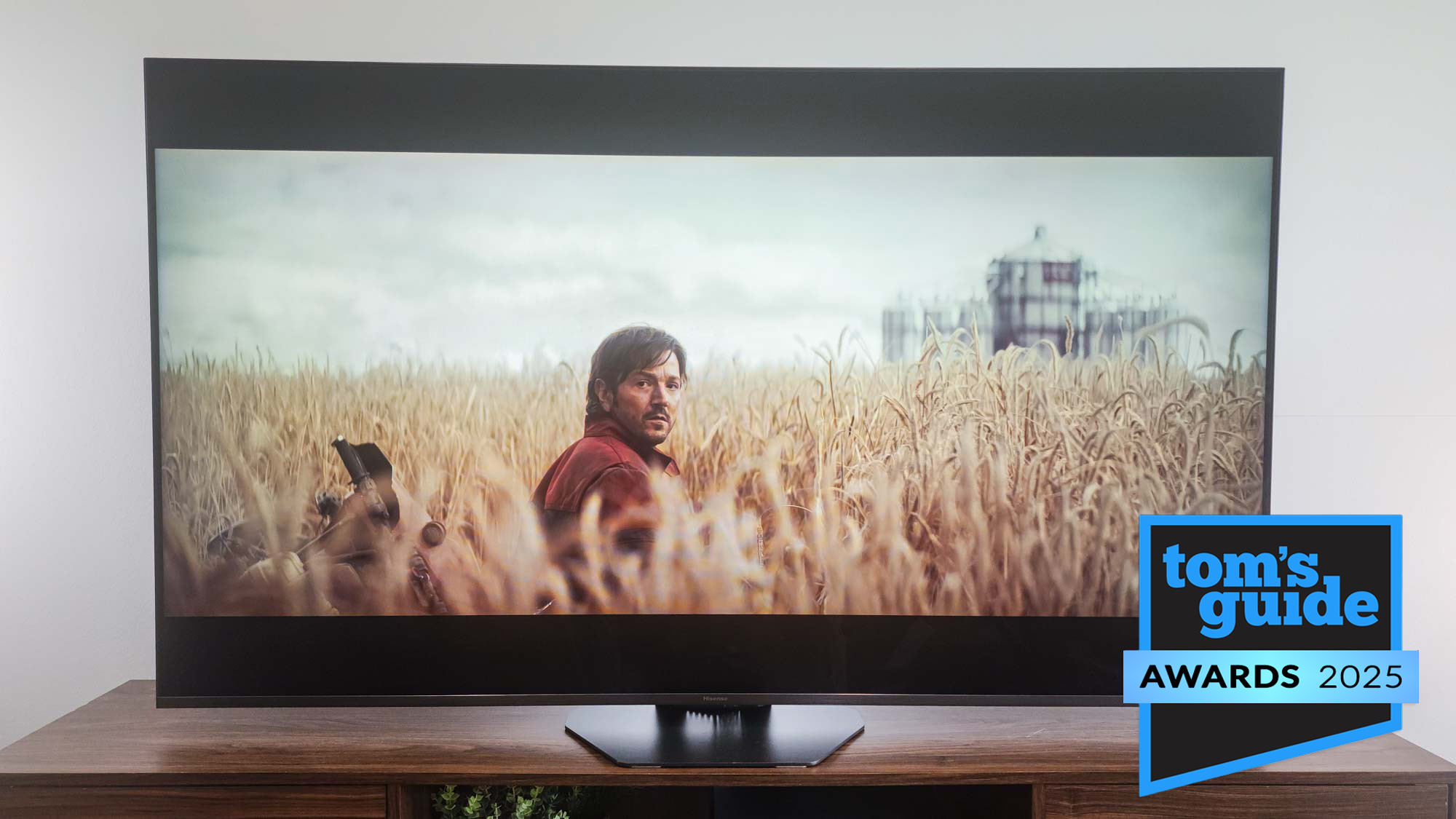
The U8QG ULED TV is Hisense's flagship model and, even though it's a few years old, it's still our favorite TV under $1,000. It is bright, has good contrast, but doesn't overly saturate the colors, so you get a pop, not a distortion of color.
It runs Google's TV operating system, so there's pretty tight integration with platforms like YouTube TV, but also the app store, which houses almost all of your favorite streaming apps. There's three HDMI 2.1 ports which support 4K/144Hz gaming performance.
- Read our full Hisense U8QG review
2. LG B4 OLED
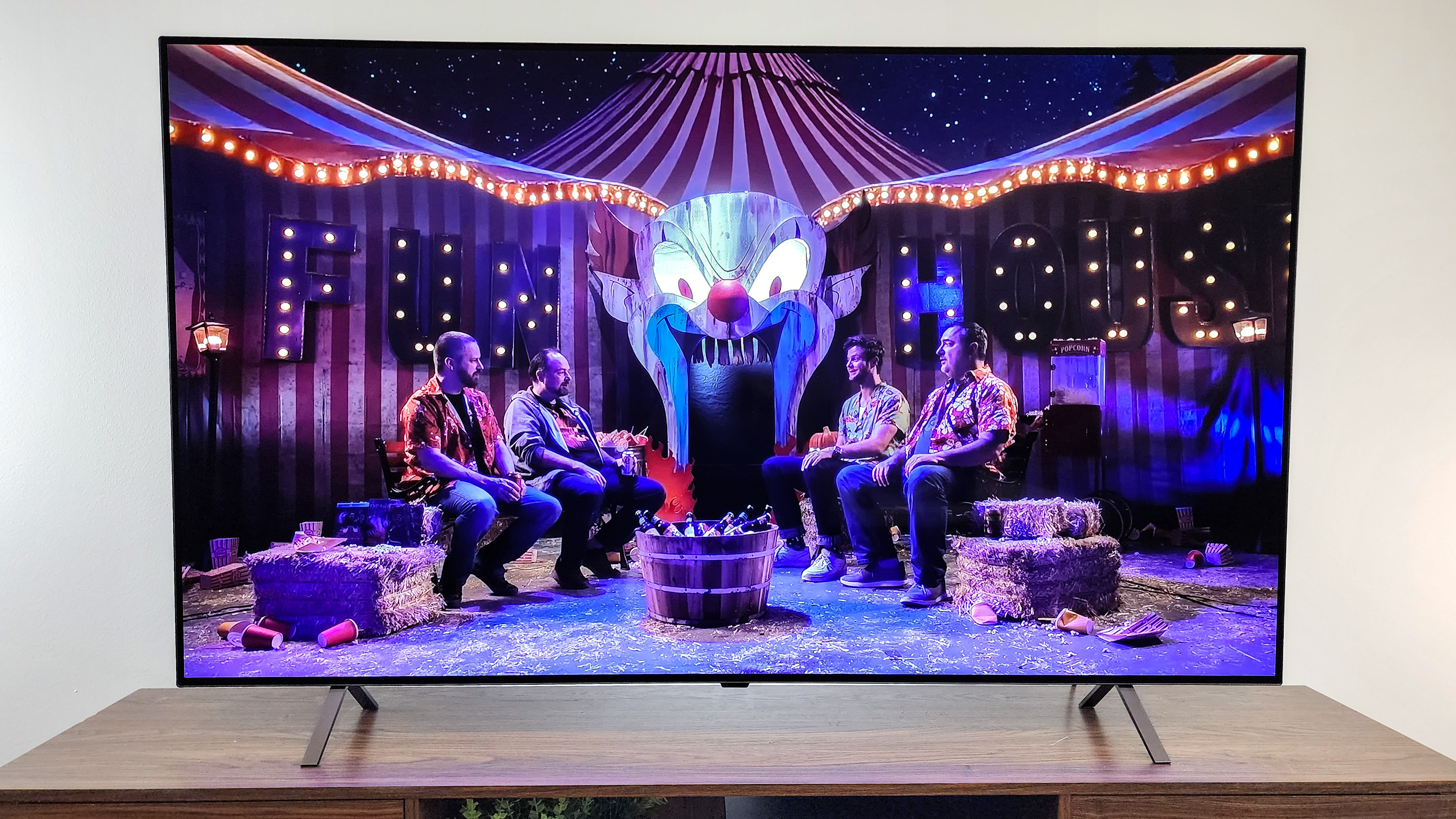
Although TV brands will massively hype their latest products, sometimes, an older model is better value. Case in point; the LG B4 OLED. It's a 2024 model, so approaching the two-year mark, but it's still one of the top options at a great price.
It can handle blacks well (a must for gaming or immersive TV experience), and we really liked it's motion handling, which made sports and action movies like impressively smooth, when pared with the TV's striking color accuracy.
- Read our full LG B4 OLED review
3. TCL QM6K
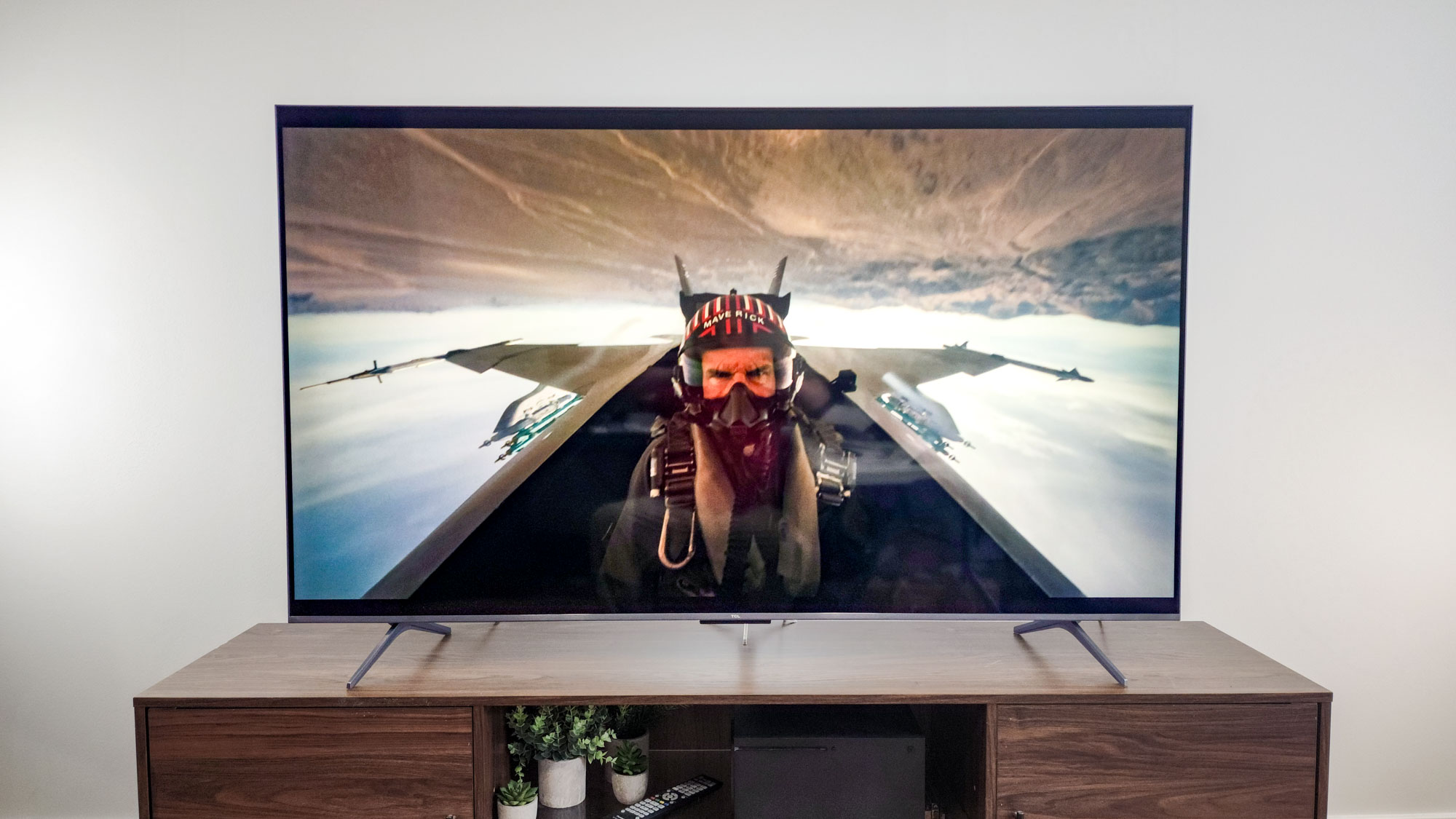
It's harder to find a 75-inch model under $1,000, so if you're after a large TV, the TCL QM6K is a great bet. The mini-LED backlight gives good contrast, even if it's not quite as bright as the earlier TCL and Hisense models.
The TV supports Dolby Vision and has a fast refresh rate, so it's a good option for gamers too. But it's movies where this set really shines. TCL's Filmmaker mode disables some device-level effects so you can watch the film as the director intended.
- Read our full TCL QM6K review







